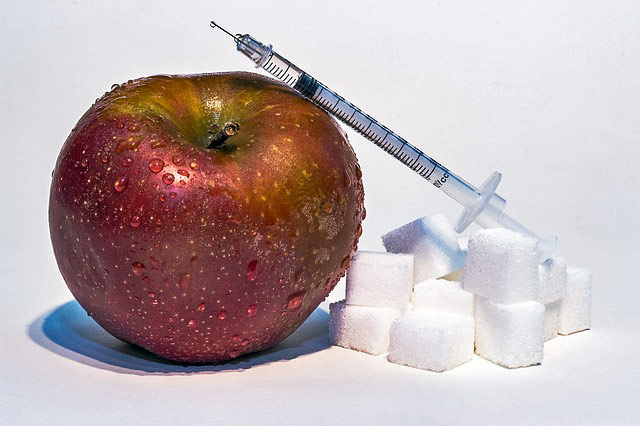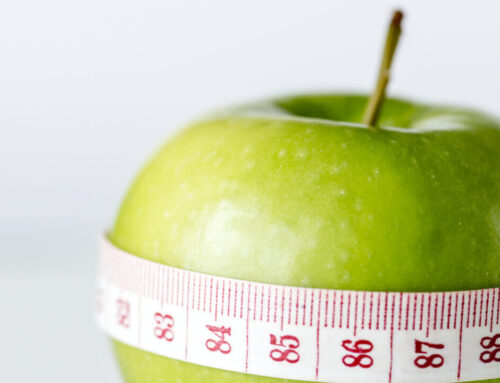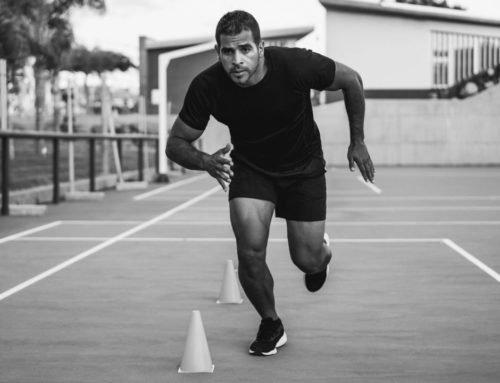Whether you’re a diabetic or a trainer, follow medical expert Phil Graham’s key diabetic workout, nutrition tips and strategies to combat this disorder and promote better health, body composition and all-round sports performance
Diabetes is fast becoming a global epidemic. In fact, the World Health Organization says it now affects 9% of the world’s population, making it important to know the difference between type 1 and type 2 diabetes.
Both relate to your pancreas’s ability to produce insulin, which is key in the metabolism of almost all nutrients. Type 1 is linked to a genetic predisposition, while type 2 is associated with lifestyle and can be reversed. There’s a good chance you’re at risk or know someone with this affliction so here’s how to exercise optimally to get in shape.
Diabetes can be hard to control, especially if you don’t know how to manipulate your medication to fit around the ever-changing dynamics of day-to-day life, stress, appetite and environment. In my 10 years of being a type 1 diabetic I’ve come to terms with my condition, and what follows are the finer points you can use to ensure you’re always improving your muscle mass and condition.

Accept and learn about diabetes
Come to terms with your diabetes, embrace it, understand it and do everything you can to control it. Too many diabetics simply don’t care or bother to learn enough to change. Remember: you have control of your body, regardless of what condition it’s in.
Measure and track everything as a diabetic
This is especially true for a newly diagnosed diabetic and, indeed, those new to exercise. If you aren’t assessing your control, you’re just guessing. Tracking lets you measure your body’s reaction to certain foods, medication doses and a host of other factors, like stress and physical activity.
Consistent measuring allows you to identify problems and work towards better long-term control, meaning fewer complications and better quality of life.
Always track the following:
• Fasting blood-sugar levels
• Pre-meal blood-sugar levels
• Meal macro content (specifically quantity and type of carbs)
• Post-feeding (1 hour) blood-sugar levels
• Pre- and post-exercise blood-sugar levels
• Overall blood panel (conducted by your professional health team).
Be careful with high intensity training in a diabetic workout
Exercise has always been a control for all diabetics; however, different types of exercise have distinctive effects upon your body. High-intensity exercise, like weight training or interval training, can increase blood-sugar levels instead of decrease them, thus promoting diabetic complications if left uncontrolled.
The rise in blood-sugar is down to the release of stress hormones like adrenaline, which discharges glucose from your body’s internal glycogen stores, like those in the liver.
The take-home message: measure and evaluate different types of exercise to figure out how your body will react. This is something everyone should do.
Catch your hypos early
When blood-sugar levels drop outside the healthy range (hypoglycemia) you’ll get lumbered with body and brain fog, commonly referred to as a hypo. Low blood-sugar needs to be treated to prevent complications, like falling unconscious, which could make you suffer a life threatening injury.
This means you need extra calories, which is dependent upon the severity of the hypoglycemic episode. However, a hypo is often partnered with savage hunger that can cause calorific binging. This can shatter your fat loss ambitions so it’s good to catch hypos early.
This is another reason why measuring everything is so important as it lets you calculate your medication dose and food portion size in relation to the set activity you’re about to pursue.
Avoid high blood sugar
When blood-sugar levels are high, due to a lack of insulin, your body can’t use nutrients properly. Amino acids, carbs and fats fail to make it into your cells.
The end result is a huge upset in the body’s internal chemistry, which is highly detrimental to health, muscle gain and weight loss. This means your recovery and hard-earned brawn goes out the window.
Strive for control and balance with your blood-sugar levels by carefully measuring all variables so you’re always gaining.
For more articles about diabetic workouts, nutrition and training, subscribe to TRAIN magazine for free by signing up to our newsletter and get each monthly issue dropped direct into your inbox







